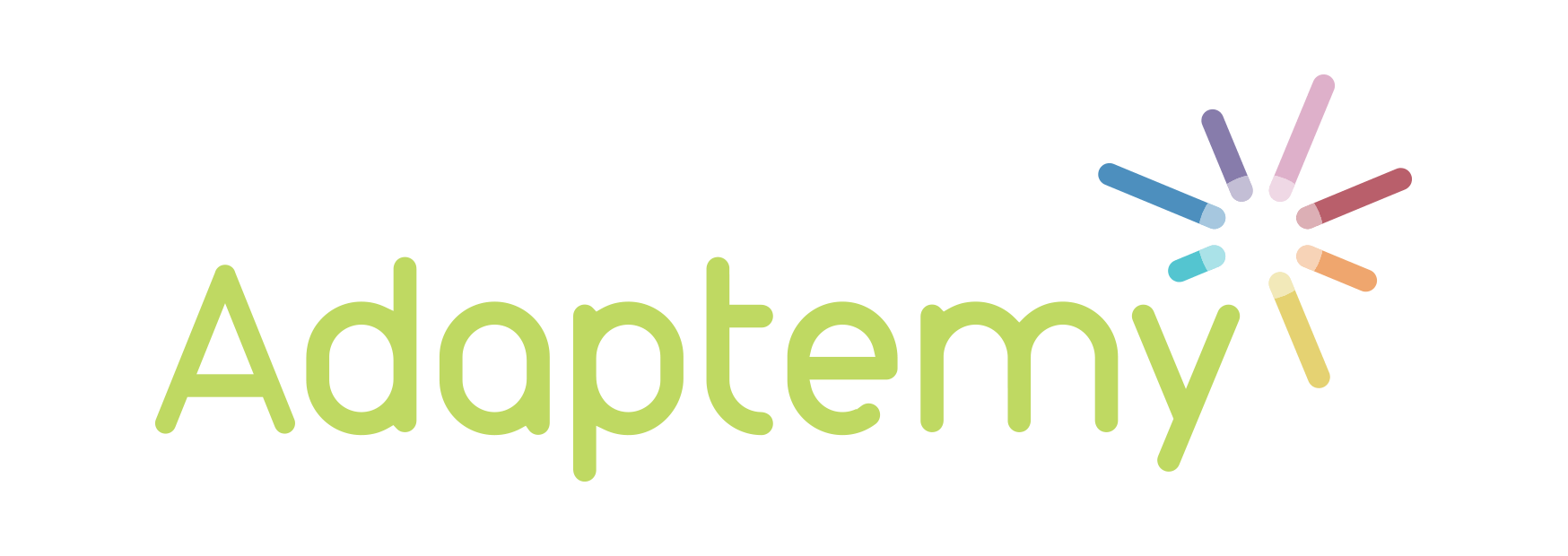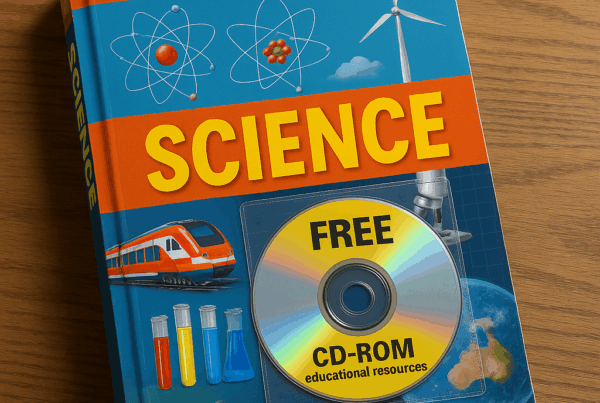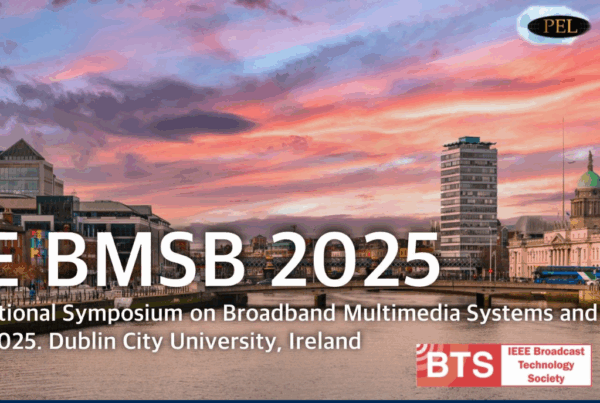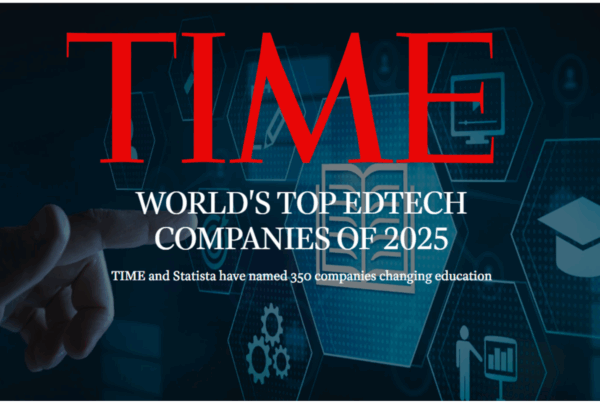
The digital transition holds great promise for publishers: new revenue streams, a stronghold as market leader, greater connections with teachers and students, the promise of truly effective educational technology with data and insight for improvements.
Yet the journey is unknown territory. And, before the business case can be approved by the myriad of stakeholders necessarily involved, it is essential to understand what the roadmap looks like.
How education publishers start their digital journey with Adaptemy was outlined in our recent article. This time we delve deeper into how to digitise content and explain what’s involved in this vital part of the project.
Standing Back
Before translating content into a digital format, it’s important to understand where the product is heading. What’s the end point (the objective) of the solution?
At Adaptemy, we recommend publishers start by asking: What is the learning experience you want to create?
Who is it for? Is this a homework product or for in-classroom use? Is it a tool to help with exam preparation or a full-curriculum self-paced learning product?
In this way, we’re not coming at the solution from a content-first approach (which is the case when creating PDFs of existing textbooks for instance) but from a user-first approach.
It’s important to always keep in mind exactly what the product is trying to achieve and how it will be used. Traditional print media is limited; digital provides many possibilities. So a clear end goal is vital, or the product can get lost in the development process.
This question defines exactly why you are creating the product and how the content must be digitised to advance the product’s capabilities beyond that of traditional print.
Once answered, we can start transforming the content. There are three stages of implementation.
Stage 1: Curriculum Mapping
A curriculum map is a framework that defines what a student is trying to learn. It is best created by the subject matter expert and the editor.
Adaptemy has a state-of-the-art curriculum mapping tool that aides this process. We work alongside the expert and editor to bring the map to life, defining first the requirements of the subject area, then structuring the curriculum map, and finally charting the links between the different elements of the curriculum.
Defining the Curriculum Requirements of the Subject Area
Different subjects require different approaches to curriculum mapping. Will this be a maths solution or a language solution? Which aspect of the subject will it focus on? In this phase, we define any special metadata requirements for mapping the curriculum of this subject.
Structuring the Curriculum Map
Once the subject matter is defined, we create a list of everything a student is trying to learn. It’s then grouped into topics (or chapters) and ordered into a default sequence. This defines how much needs to be learned and in what order.
The contents of a textbook can be a good starting point for this however, it might not be the order in which the student learns the material. The connections between everything a student must learn are vital.
Linking the Elements of the Curriculum Map
Some elements of a curriculum need to be mastered before progressing to other elements. We capture these dependencies by creating links between the elements of the map. Our mapping tool provides a visual aide here, making these connections easy to make and simple to do. Its usability means you retain your expertise and ownership of the content, and are not reliant on Adaptemy. It’s designed to empower publishers to build resilient, effective adaptive solutions.
Success tip: One thing vital to the success of a project is the input from the ground. Authors or teachers will have ideas about what does and does not work in the classroom. The publisher should take note of these points and collaborate with the author to make the product the best it can possibly be.
Stage 2: Learning Design
Following our initial question, “What learning experience are you trying to create?”, we now dive into more detail to define the instructional design and the content requirements of the product.
A textbook is quite fixed in terms of what learning is but, because a digital product has more options in terms of what it delivers, it’s important to be clear about the role the solution plays within the student’s learning.
Is this a homework practice product, a revision product, a complete self-learning product, video learning or an app?
(Yes, with such explicit intent, a lot of learning will not be addressed. But your solution will be focused and effective. We’re not trying to create a cure-all solution.)
The learning design phase is facilitated with a workshop and questionnaire, and then consulting to finalise what the solution will be. Case studies and examples of successful existing solutions help guide you at this stage.
The level of definition we achieve here includes, for example, how many videos and practice questions are required at each level of the curriculum map, a plan for the difficulty levels of the content, and the various hints and suggestions to support students through the curriculum
Stage 3: Content Development (Authoring)
With the first two stages complete, we now have an outlined product with a number of empty ‘buckets’ for which content is needed.
This is the authoring stage, and most publishers are familiar with it. How it occurs depends on your existing content and preferences. There are two options:
1. A content authoring tool can be used to create a post, save, review and publish content into the system (it is similar to online platforms such as WordPress).
2. Existing content can be tagged and imported into the solution, and connected to the right part of the curriculum. To ensure maximum interoperability, Adaptemy uses standardised XML formats.
Previewing Content
One of the most attractive parts of our adaptive learning tool is its ability to change and develop without hefty re-printing costs.
The live preview function allows an author to see how the content appears and then alter it during the authoring process. This means the product is easily changed if an author or editor isn’t completely satisfied. It also helps instil confidence in an author if they are tentative about the digital process.
Furthermore, as your product is used, you’ll accrue data that gives insight not only into the effectiveness of the curriculum map but also the content. You will learn which content is working and which is not, and be able to easily alter the product to improve performance. This continual feedback loop is incredibly useful for publishers, authors, subject matter experts and editors.
Market-ready Solutions
Adaptemy’s approach to content authoring means publishers can deliver market-ready solutions in as little as three months. Our background includes a wealth of experience in educational publishing, where our founders began their careers. Our first solutions were built for leading publishing houses and this experience continues to inform our understanding of your needs and our ability to deliver a seamless content authoring process.
What more would you like to know about the journey into educational technology? Ask us your questions here.





Join the discussion One Comment